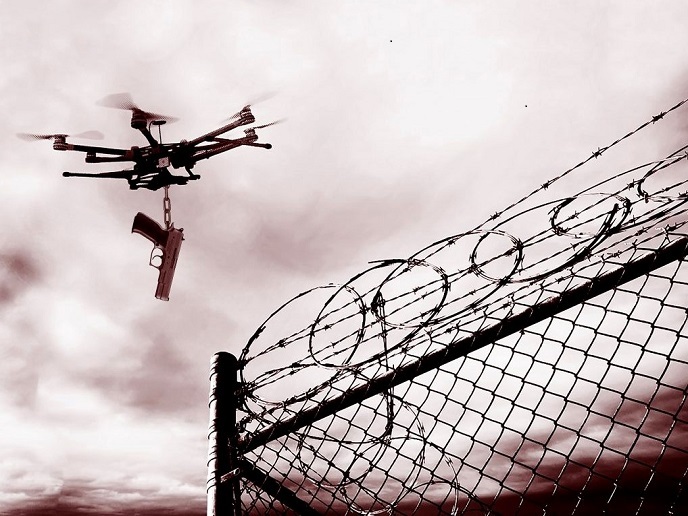Jamming technology safely neutralises threatening drones
Drones are small, remotely piloted aircraft of either a fixed-wing or helicopter type. Once restricted to military applications, drones have burst upon the civilian market. They are mostly used as camera platforms, but increasingly for deliveries as well. The rise of the civilian drone market raises security and privacy concerns. The same drone that delivers a pizza or parcel could also carry a terrorist payload. This danger is real. For example, during 2015 alone, drones were used to smuggle contraband into British prisons more than 30 times. During 2016, ISIS used consumer-grade drones for surveillance and to deliver bombs. Numerous other security breaches and incidents have already occurred, including at airports. Security authorities need a way of neutralising threatening drones while allowing legal use, which the EU-funded KNOX project provides. The project team optimised the technology, demonstrated it in real operations and prepared the system for commercialisation.
Jamming equipment
KNOX tracks approaching drones. Normally it is a pole mounted system, to be installed around secure facilities. Its flexibility and scalability allow it to have other configurations, including mounting on perimeter walls. Components include radio detectors (known as Watchdogs), radio jammers (Dobermans), a radar system (called The Eagle), plus a control system (Iris/Argos). Watchdogs surround a building, with The Eagle placed in the centre of the array. Watchdogs each scan a 60-degree angle, looking for signals between controller and drone. The Eagle scans in 360-degrees to detect propellers and to track the flight path. If any drones approach too closely, the Doberman jams their controlling radio frequencies. “Jamming is illegal in most countries unless you are the police or military,” says coordinator Nanna Tribler of coordinating company MyDefence. Even then, it can be difficult to obtain approval. Although the team was aware of Danish approval restrictions prior to commencing the project, they still constrained the research to some degree. Nevertheless, researchers obtained special permits for testing at a Danish military base, and less restricted permits for Finland and Israel where jamming research is less controlled.
Successful tests
Despite the obstacles, the KNOX team successfully tested the system in over 200 realistic situations. These included around prisons and at other sites including police stations, sports stadiums, city centres and military facilities. The system was also mounted on military vehicles. The tests successfully stopped infiltration of unauthorised drones into secure spaces. “Our approach to jamming is now the most compact in the market and has proven to be very effective with minimum collateral damage,” reports Tribler. From the testing, researchers developed a set of operating procedures. The study also identified a need for registration and air traffic control of all drones, plus generally tighter regulation. Researchers will be making the case for such measures to relevant EU authorities. Following successful trials, project members are considering applying for EU SME Instrument phase 3 funding. In the meantime, system development continues. The project’s market research revealed likely new opportunities within the European defence industry. Ultimately, KNOX will be marketed as a cutting-edge, commercial anti-drone system. Commercial availability will provide security authorities with hitherto unavailable options for neutralising threatening drones. This will mean increased security and safety for Europeans.
Keywords
KNOX, drone, jamming, military, security, threat, radio frequencies, defence







